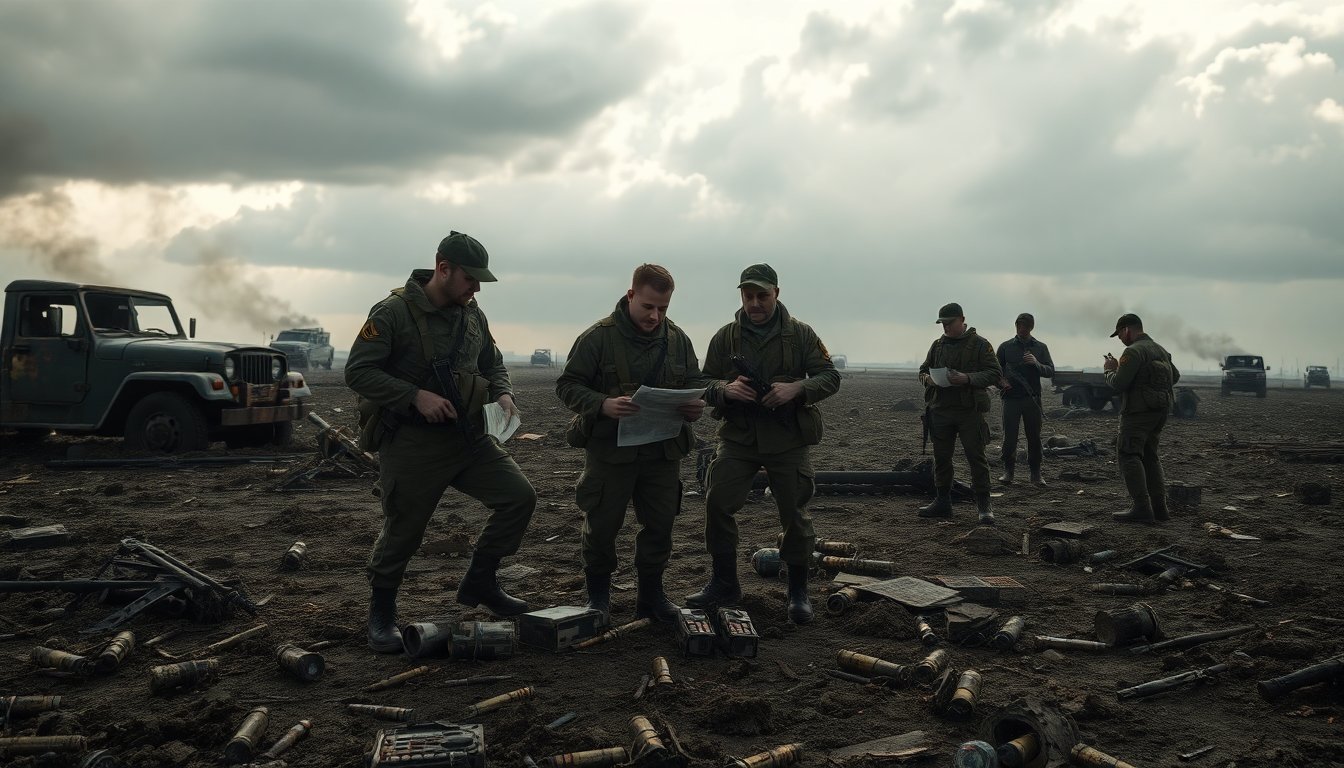Table of Contents
Recent revelations from Ukraine’s military intelligence have sparked a debate over the authenticity of alleged Russian military casualty records. Published by the Ukrainian Defense Ministry’s initiative, I Want to Live, these records indicate that nearly 87,000 Russian soldiers lost their lives during the initial months of 2025. However, two independent entities, Mediazona and the Conflict Intelligence Team (CIT), are raising significant doubts about the legitimacy of these figures.
CIT conducted a thorough examination, employing forensic analysis techniques akin to those used in electoral fraud investigations to scrutinize the purported military loss data. Their methodology is based on psychological principles suggesting that humans tend to produce non-random digits when generating numbers, allowing for potential revelations in the data.
Uncovering anomalies in the data
The scrutiny led by CIT revealed several peculiarities within the reported statistics. They noted a distinct distribution of last digits in the reported casualty figures, deviating sharply from expectations for a truly random dataset. Specifically, the analysis showed an excessive occurrence of the digits one and two, while digits six and seven appeared considerably less frequently.
This observation was substantiated through Pearson’s chi-squared test, a statistical tool used to assess how closely an observed dataset aligns with an expected distribution. CIT concluded that the probability of the leaked data occurring randomly was a mere 1.3 percent, strongly suggesting manipulation.
Deeper insights into the primary data
Further disaggregation of the numbers into primary (raw, unit-level) and aggregated (summative) categories revealed even more pronounced anomalies. In the primary data, the likelihood of encountering such a pattern by chance dropped to just 0.4 percent. According to CIT, this indicates that the figures were likely compiled unit by unit and then summed, leading to a more uniform distribution of final digits, except for zeros and fives.
Mediazona’s perspective and additional concerns
In a biweekly update, Dmitry Treshchanin, editor at Mediazona, echoed CIT’s skepticism regarding the figures released by Ukrainian intelligence. He pointed out a plausible scenario where the Russian military could be involved in producing misleading records. Treshchanin remarked it is hard to envision a Russian officer who does not alter records in some form, further complicating the matter.
Moreover, Treshchanin highlighted that the leaked documents contain significant omissions, particularly regarding desertions and other vital statistics, casting further doubt on the documents’ authenticity. The absence of clear recipients, a defined purpose, or identifiable authorship raises additional questions about these records’ veracity.
Future assessments and the path to clarity
Despite the evident discrepancies, Treshchanin stated that neither Mediazona nor its collaborators can currently validate or refute the claim that approximately 87,000 Russian soldiers died in Ukraine during the first eight months of 2025. He emphasized that a more accurate assessment is unlikely until 2026, specifically suggesting that only by the following fall would they have a clearer understanding. This is primarily because Mediazona’s methodology for tracking soldier fatalities relies on publicly available obituaries and probate records, which can take time to compile and analyze.
While the leaked data presents a staggering number of casualties, the ongoing investigation by independent analysts raises serious questions about its accuracy. The combination of statistical anomalies and the lack of corroborating documentation presents a complex picture of the reality on the ground in Ukraine. As the situation evolves, the quest for clarity regarding Russian military losses continues.


